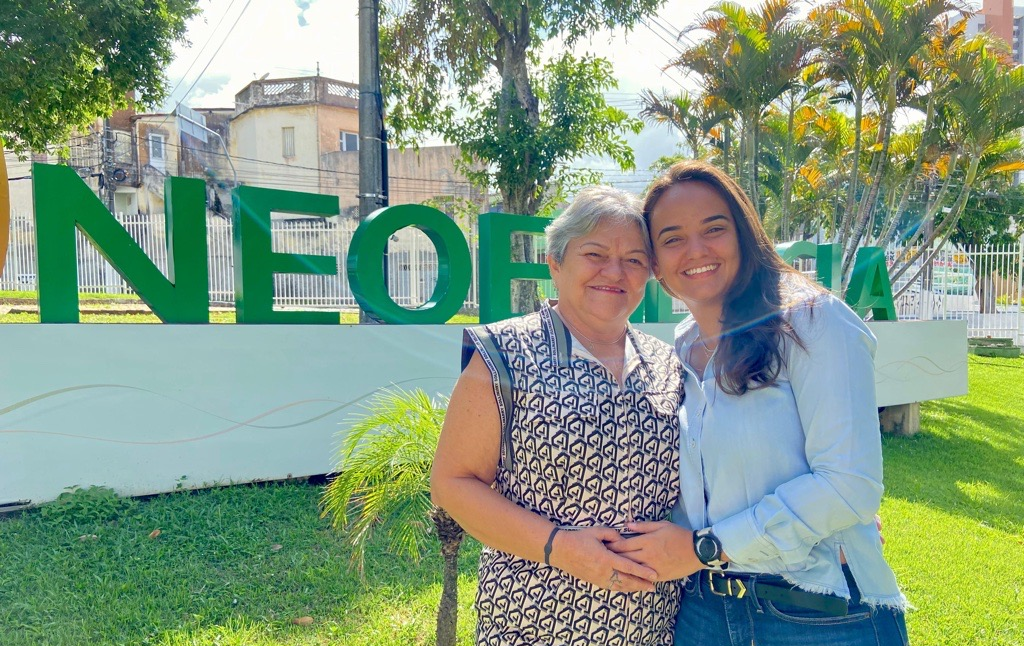- Products and Solutions
Products and Solutions
Services

Mother's Day
Nothing compares to the love and energy of a mother. On this special day, check out inspiring stories from our collaborators

True or false
Learn about the myths and truths about energy transition and the benefits of using an energy matrix based on renewable sources.

Vale Luz
Vale Luz is a Neoenergia project that exchanges solid waste for discounts on energy bills. In addition to reducing the energy bills, it encourages the rational use of natural resources.
News
Neoenergia wins Latam Prize 2025 with the 360º Voice of the Customer project
Neoenergia Institute supports an unprecedented public call for cultural projects in Recônica da Bahia
GPTW 2025: Neoenergia is among the best companies to work for in Brazil
Neoenergia achieves second place in the overall ranking of the B3 Business Sustainability Index 2024/2025
Neoenergia reports EBITDA of R$ 3.7 billion in 1Q25, up 6% from 1Q24
Ilumina Social: Instituto Neoenergia lança pela primeira vez edital com foco em saúde e bem-estar
Nova campanha da Neoenergia celebra a potência feminina no esporte e reforça apoio às atletas embaixadoras da marca
Nova campanha da Neoenergia celebra a potência feminina no esporte e reforça apoio às atletas embaixadoras da marca
Neoenergia Institute launches an unprecedented unified call for public notices to support social projects
Neoenergia é reconhecida entre as empresas mais exemplares do mundo em sustentabilidade
Neoenergia launches campaign to strengthen customer relationships
Neoenergia inaugurates new Transmission Asset Monitoring Center in Campinas
Neoenergia announces partnership with Esporte Clube Bahia SAF to supply 100% renewable energy in the free market
Instituto Neoenergia grows 25% in private social investment for culture, biodiversity, sports and education
Carnival 2025: Neoenergia reinforces operation to ensure safety on the electrical grid
Neoenergia registra lucro ajustado de R$ 4,3 bilhões em 2024
Carlinhos Brown é destaque em campanha da Neoenergia para o Carnaval 2025
Campeã paralímpica de atletismo Rayane Soares é a nova embaixadora do Time Neoenergia
Neoenergia e Grupo CCR concluem acordo de autoprodução de energia eólica










